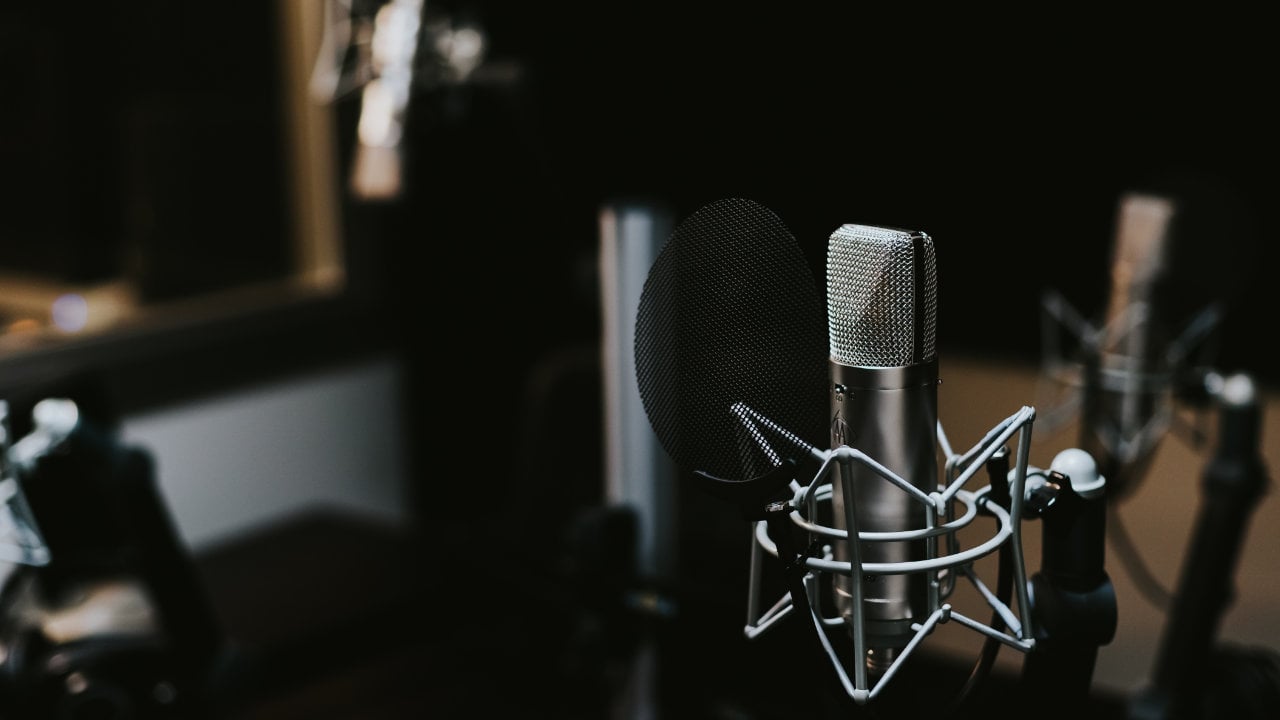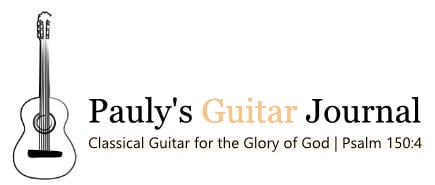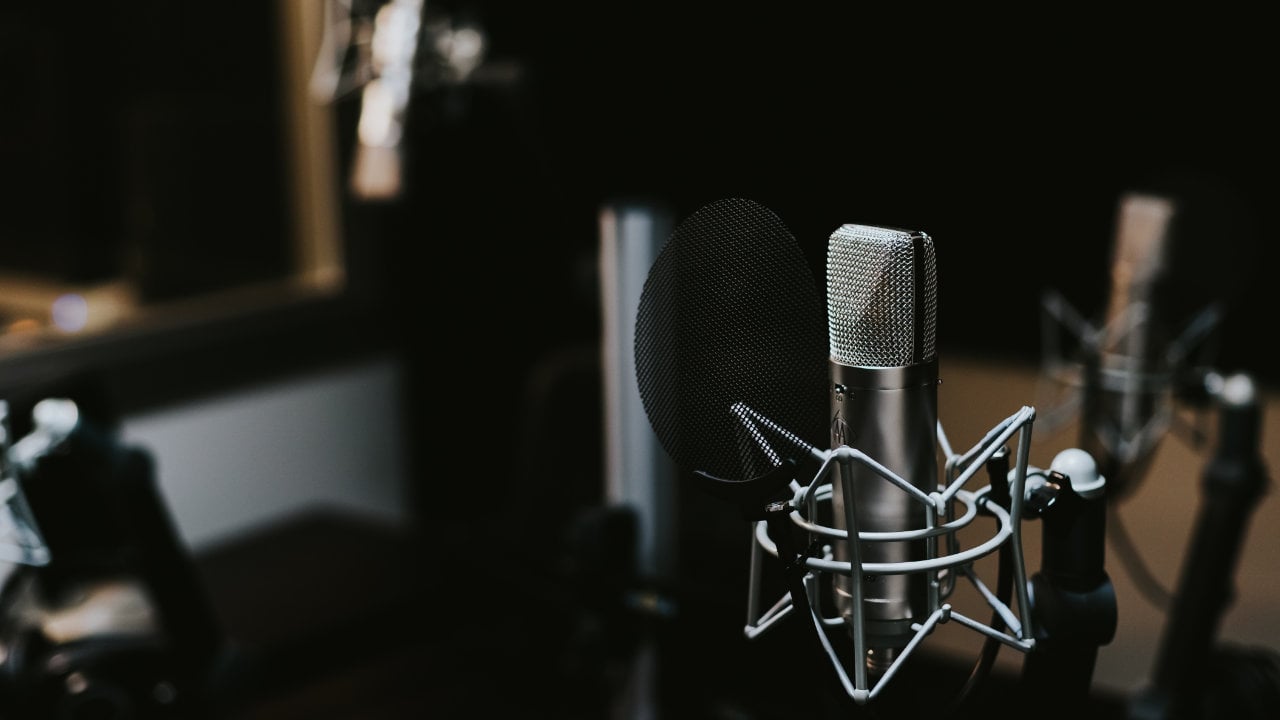Sounds Like Rain is the first EP I have released. It took 12 years for 12 minutes of music in 5 songs. Here are a few thoughts on releasing your first EP.
I finally did it. After 12 years, I finally got my act together. I released some of the original music that has been collecting dust in the corner of the closet. Yep, it took 12 years to release 12 minutes of music presented in 5 songs. Why did it take that long? Let me share with you a few thoughts.

A Little EP History
Maybe you love music as I do. You have spent countless hours learning your chosen instrument. If you are a musician then you know how much time and effort can go into your training. When it comes to writing and releasing your music, it can become a whole new endeavor. My first guitar instructor told me that the first album is always the hardest. Boy, he wasn’t kidding.
I have been playing classical guitar since March 2009. After I started taking lessons I fell in love with the style and the music. Shortly after that, I started writing pieces for what would eventually become the Sounds Like Rain EP.
Little did I know that this particular EP would take 12-plus years to record 12 minutes of music. Partly because I had to build a studio, learn how to play the pieces, and learn how to record and mix an EP. This included figuring out how I was going to afford string players on the album, as well as how to write for them. It takes time to put it all together.
Eventually, it all did come together and the EP was recorded in the summer of 2022 and released the following winter of 2023.
Writing Original Music
What kind of music do you like? Which style of music has influenced your life? I have listened to rock ‘n roll for the first half of my life. In my younger days, I played drums in a few rock bands. The music that you listen to early on will influence your writing. Even if you have switched genres since taking music lessons. Or maybe you want to write in the genre you are used to.
One important thing is, to be aware of the genre as you write. Especially if you have changed genres. Think about how the genre operates. How does your instrument fit into the genre? For instance, I like and play instrumental classical music. However, in an ensemble, the guitar doesn’t always play well with the other instruments. In some settings, it intertwines with the violin, viola, and cello, and sometimes with a bass seamlessly.
How does the instrument fit in that overall scheme of things? Is it supportive? Does it stand out front? Is it accenting the rhythm? These are just a few things to think about when writing and arranging.
Getting Composing Lessons
Okay great, you have learned to play the guitar. Now it might be time to get compositional lessons. When I started playing I knew enough music theory to be dangerous. I had no idea how to use other elements of composition. Elements like forms and structures, harmony, and other advanced tools and how to expand those into a piece of music.
These lessons can help you to become a better composer. You will learn how and why things work in a piece of music, and how everything fits together. There are teachers and instructors out there who can help you maximize your music theory.
Learning the Pieces
You may be someone who can write a piece and immediately play it. I have seen your kind and that’s awesome. Although some of us can’t do that. We need to dedicate time to learning our works so that we can get the best recording out of them.
I also find that getting feedback from a qualified instructor is beneficial as well. However, you need to know two things when getting someone else’s opinion. First, you have to be humble and listen to their critique. Gleen good information from those who have gone before you. Second, understand that your composition may not be their cup of tea. That’s okay. We don’t all have the same tastes. Sometimes the feedback I have received is that the music doesn’t sound “classical” enough. Then they gave me some valuable feedback to improve the piece. It still sounds more “modern” or “contemporary,” but seasoned with good feedback.
Building a Studio
If you are not going to book studio time, building a home studio is the way to go. Most people immediately go to the extremes of “I could never afford one.” However, research and budgeting is the key. Research the equipment you will need: a basic interface, a Digital Audio Workstation (DAW), and microphones. Make a list of possible purchases. Come up with a plan to save up. Work and save until you can purchase what you need. I highly recommend saving up versus using credit. Remember “The rich rules over the poor, And the borrower is the slave of the lender.” (Proverbs 22:7 LSB)
Also, instead of hiring musicians, you can always purchase instrument plug-ins. Many very good instrument plug-ins (also called VSTs) are free. It’s amazing how many good-quality VSTs you can get these days. There are also paid plug-ins, which are even better quality. I’m a bit partial to Spitfire Audio myself. You’ll have to learn how to use the plug-ins so that they sound real. It is possible.
If you have a budget to hire professional musicians, then that’s the way to go. There’s nothing like a professional musician playing and recording your music.
Recording the Pieces
Once you have learned the pieces and built the studio (or bought studio time), it’s time to record. If you are using a professional studio you’ll want to make sure you have your material down. Going into a studio not knowing what you’re doing or how you’ll go about it is a waste of money. It’s a waste of your money. Recording in your home studio is a bit more relaxed. You can do things at your own pace.
However, with recording in a home studio, there is a bit more responsibility. You’ll have to learn the recording process, learn effects, and learn how to master the music. There’s a lot of information on the internet about all of this. It can be a bit of a rabbit hole. Learn what you need and don’t go overboard.
One thing to be aware of is the atmosphere, especially if you are using open mics. If you record one song one day and another song months later, it’s likely they will sound a bit different. The atmosphere of your room can change throughout the year.
Just one more thought. Many people set dates for having their work done. I don’t. Maybe that’s one of the reasons it took 12 years to finish this project. I work song by song, piece by piece. I focus on one piece at a time. When it’s done, I put it back into the album folder. When I record enough music, then it gets released. Try setting a date and see if it works for you. If not, try working project by project.
Publishing the EP
You wrote your music. You learned to play it well. You built a studio (or purchased studio time). You recorded your album and have the tracks in hand. Now what? It’s time to publish them. There’s a slew (yes, a slew, I counted them) of music distributors on the web. Everything from DistroKid to CD Baby to TuneCore to Landr to whoever else. Musicians these days have options. And as long as you have good recordings they’ll be happy to take your money.
Okay, I digress. There are a lot of good deals to get your music out there. Only read the fine print. Some deals aren’t as good as they sound. There are those that claim to have no hidden fees but charge you for every jot and tittle.
Sounds Like Rain EP
So, here it is. The moment you have been waiting for. Here is my first EP: Sounds Like Rain. It took 12 years to record 12 minutes of music. These are my early pieces. I wanted to record them mostly to have a record of them (isn’t the English language fun?). Some pieces didn’t make the EP. I don’t expect it to win any awards. However, I learned a lot through the recording process. I would be honored if you listened to them. Here is the trailer for the EP:
Click here for links to stream and download the digital EP. CDs are in the works.
If you are interested, there is a book of sheet music also. This book is a collection of sheet music and tablature for the EP (you can get these individually in the shop). Apple Music says that it’s a classical crossover EP. I’m okay with that. The book contains standard notation and tablature for all five pieces. It also includes the string ensemble parts for March of the Ants and Butterfly Dance. Additionally, it contains the bass part for Something About Flowers in standard notation and tablature as well.
Thanks for reading my article. If you like this kind of stuff, please consider signing up for the newsletter.




Comments ()